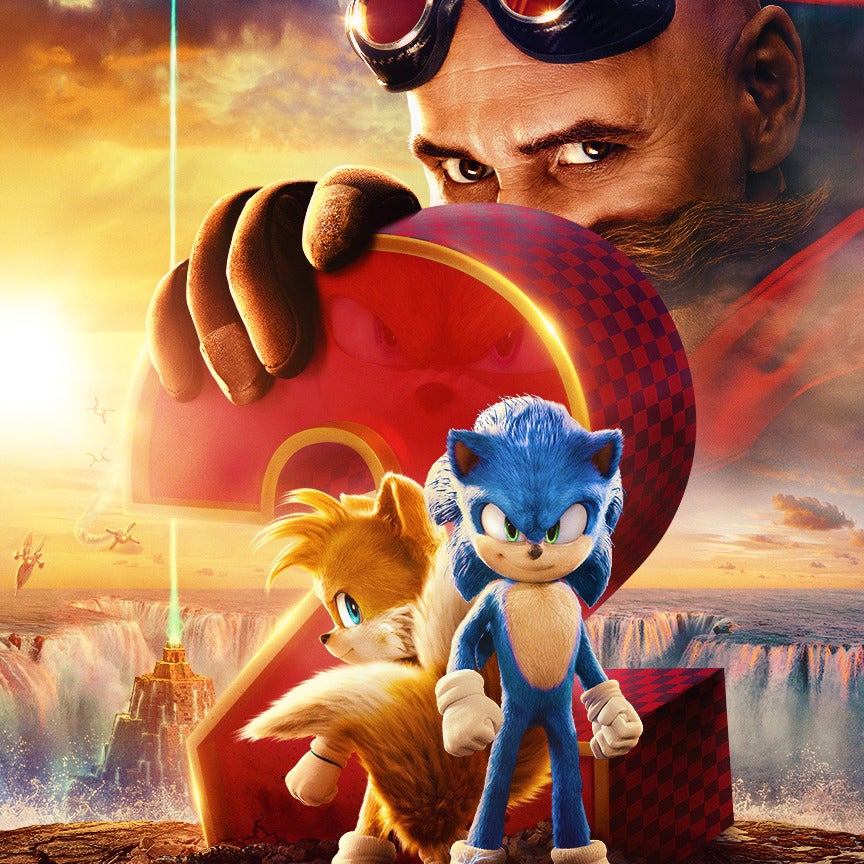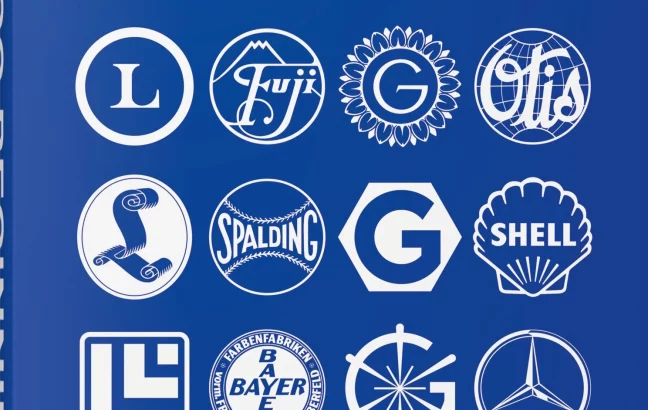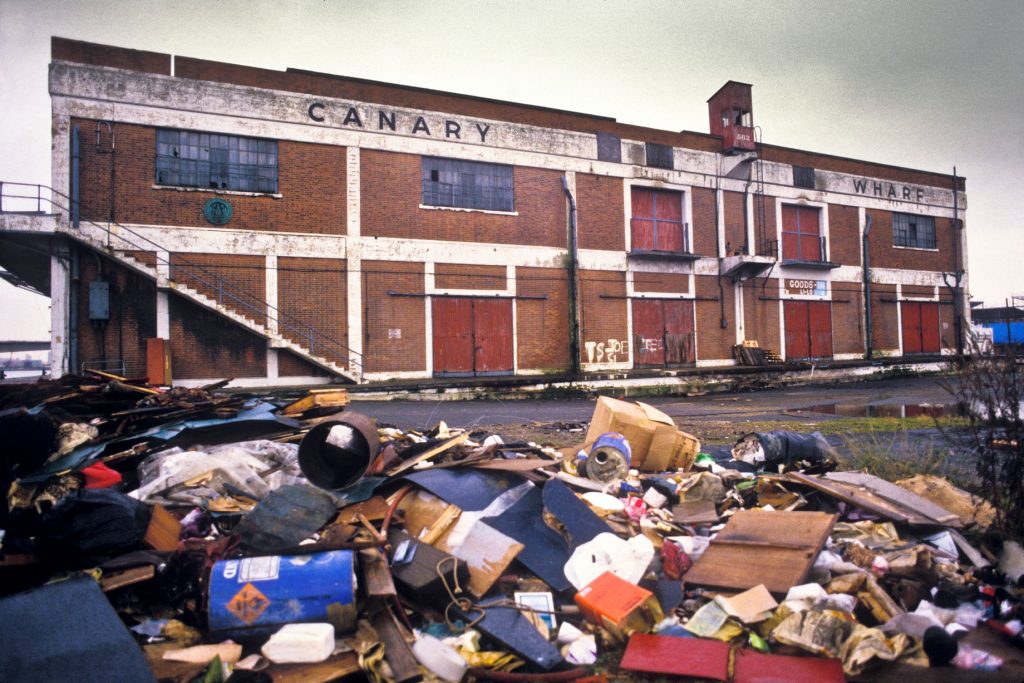Hellraiser, but it's the VHS tape on top of a bus stop roof
Any time I’m on a double decker bus, I look out at bus stop roofs to see what weird things people throw up (or drop down) there. One thing I’ve never seen is a VHS tape and certainly not the same copy of Hellraiser reappearing after it’s removed but that’s what happened on top of a South East London bus stop for a number of years.
From BBC’s Rabbit Hole:
There was one thing we were particularly intrigued by – a weathered copy of the gruesome horror film Hellraiser on VHS, which had sat on top of a South East London bus stop for years. Every time the VHS was taken down, another one would spring up in its place. Sometimes two copies would lie there, staring menacingly out at you as you gazed through the foggy bus window.
The anonymous culprit spoke to the BBC about the reasons behind the action:
When did you start maintaining it?
I like to make visual art and often try to use the everyday environment outside. After awhile I came up with the idea of “21 on the 21”. The first video purposefully placed out there landed right next to that original and was done on the 21st December 2012. It was the night that was supposed to be the Mayan Apocalypse. I think that day was our first real big apocalyptic let down since Y2K. And with the idea of the bus stop being a raised platform, then the elements really erasing the hell off Pinhead’s visage slowly away from the bus riders, I felt the words and numbers were on my side. So I started the process. There’s been other Hellraisers along the route of the 21, one even on an N21. The idea is for twenty-one to be put out over time, hence the name “21 on the 21”.
This story resonated with me because I remember the first time I saw a trailer for Hellraiser. It was on another VHS tape where they used to do those video promos before the film starts. I remember the grotesque Pinhead, all the smoke, the hooks and chains, and the pulled skin and being so horrified but also morbidly curious (that has never left me; I am the Kombucha girl of horror). Then I gave into that curiosity in January last year and finally watched the first three movies. And here we are.


